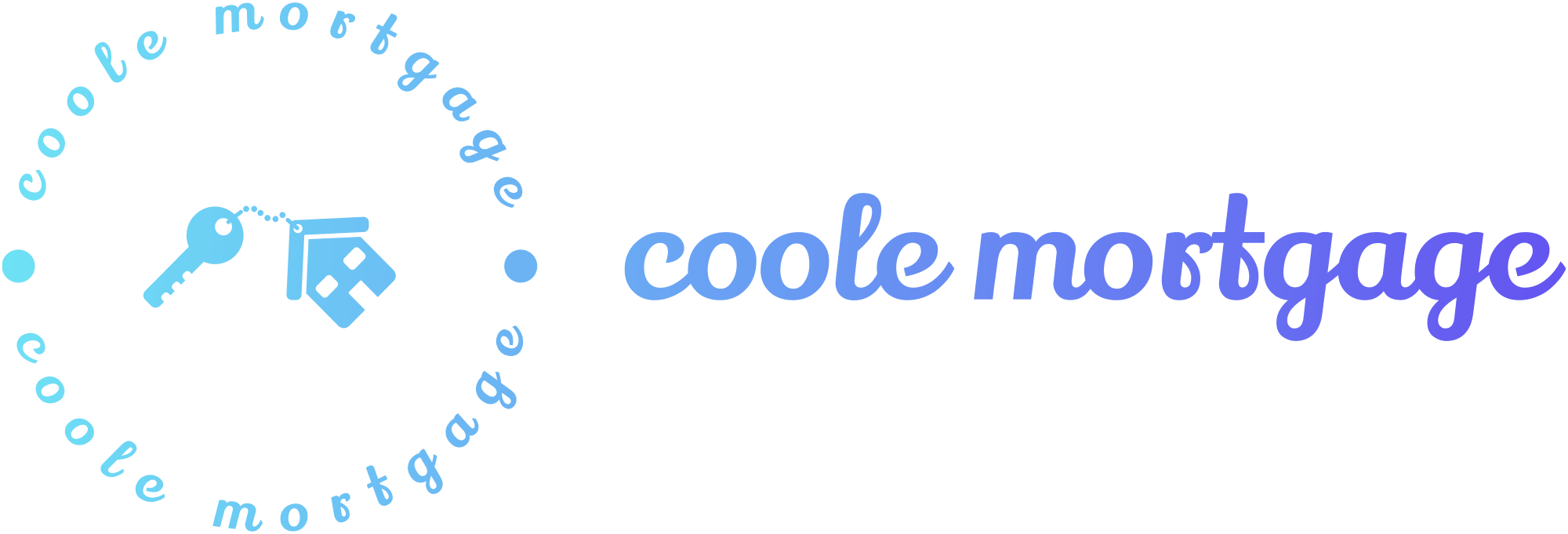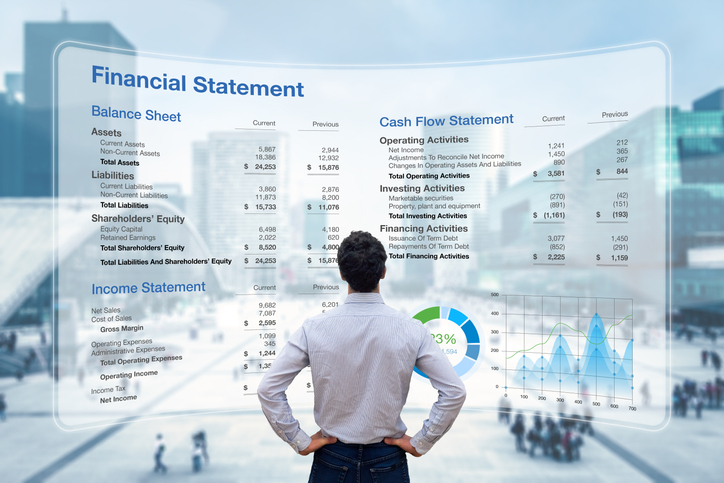The Bank Statement Loan
In the diverse landscape of mortgage options, bank statement loans emerge as a beacon of opportunity for the modern homebuyer. Tailored to meet the needs of the self-employed, entrepreneurs, and gig economy workers, these loans replace traditional income documentation with the practicality of bank statements. As we delve into the world of non-traditional lending, this article serves as a comprehensive guide to understanding and utilizing bank statement loans for purchasing your dream home.
Whether you’re a freelancer whose income ebbs and flows or a small business owner with complex tax deductions, this article will illuminate how bank statement loans can simplify your path to homeownership. We will also weigh the advantages against the potential drawbacks, providing a balanced perspective to inform your decision.
Join us as we explore the ins and outs of bank statement loans, and learn how they could be the solution to your home buying aspirations. With the right knowledge and preparation, securing a mortgage is no longer a one-size-fits-all process—it’s a tailored journey to your new front door.
What is a bank statement loan?
The Basics of Bank Statement Loans
The essence of a bank statement loan lies in its name. Instead of the standard paycheck-based income verification, lenders review 12 to 24 months of your bank statements to assess your cash flow and determine your ability to repay the loan.
This approach acknowledges the complexity of modern financial lives, especially for those who are self-employed or run their own businesses. The focus shifts from taxable income to actual cash coming in and out of your accounts.
Bank statement loans are part of a category known as non-qualified mortgages (non-QM), which means you can qualify for a mortgage based on alternative methods, instead of the traditional income verification required for most loans.
Who Can Benefit from using a bank statement loan?
Bank statement loans are particularly advantageous for
A Glimpse Into Lender’s Assessment
When you apply for a bank statement loan, lenders look for consistent deposits and a healthy bank balance over time, which indicates financial stability. They will typically calculate an income average over the period of the statements provided, and this figure will be used to determine your loan eligibility.
Eligibility Criteria for Bank Statement Loans
When it comes to bank statement loans, the eligibility criteria can vary significantly from lender to lender, but some common threads help determine who qualifies for this type of mortgage.
Key Qualification Metrics
- Income Documentation: Most lenders will request 12 to 24 months of personal or business bank statements to verify income. These statements should show consistent deposits that can be considered as regular income.
- Credit Score: A good credit score is often required for a bank statement loan. While the exact score can vary, lenders typically look for scores above 620. The better the credit score, the more favorable the loan terms offered.
- Reserves: Demonstrating financial reserves, or liquid assets that cover several months of mortgage payments, can significantly bolster your loan application.
- Debt-to-Income Ratio (DTI): Lenders will analyze your debt-to-income ratio, which reflects the percentage of your income that goes toward paying debts. For bank statement loans, a maximum DTI of typically 50% is considered, although this can vary by lender.
- Down Payment: Expect to provide a substantial down payment—often 10-20% of the purchase price. This requirement compensates for the lender’s increased risk when forgoing traditional income documentation.
- Profit and Loss Statements: Particularly for the self-employed, a P&L statement might be requested to complement bank statements, offering a more comprehensive view of your financial situation.
Lender’s Analytical Approach
Lenders are accommodating yet cautious, giving your bank statements a thorough examination. They’ll be vigilant for any signs of financial instability, such as frequent overdrafts, inconsistent income, or large, undocumented deposits.
Interest Rates and Fees: What to Expect with Bank Statement Loans
Higher Interest Rates: Due to the perceived increase in lending risk associated with bank statement loans, lenders often charge higher interest rates. These rates are not standardized and can vary widely between lenders, but they are generally a few percentage points above conventional loan rates. The exact rate will depend on factors such as the borrower’s credit score, the loan-to-value ratio, and the overall lending environment.
Understanding the Fees:
Beyond interest rates, bank statement loans have high origination fees compared to traditional loans. Expect to pay origination fees of 2% or more.
While you may be paying a premium for a bank statement loan, for many borrowers, the opportunity to buy a home without traditional income verification is worth the extra cost.
Comparing Bank Statement Loans to Traditional Mortgages
Navigating the world of home financing often leads to a crossroads: should you go with a traditional mortgage or consider a bank statement loan? In this section we will discuss the key differences of the two programs.
Key Distinctions in Documentation
Traditional Mortgages: These loans rely on a comprehensive review of W-2 forms, tax returns, and payroll checks to verify income. This documentation provides lenders with a clear, long-term record of income stability.
Bank Statement Loans: Instead of the traditional paperwork, these loans utilize 12 to 24 months of bank statements to assess your income. This can be particularly beneficial for those with non-traditional or variable income streams.
The Impact on Interest Rates
Traditional Mortgages: Generally offer lower interest rates due to the stringent income verification process and the lower perceived risk by lenders.
Bank Statement Loans: Tend to have higher interest rates reflecting the non-traditional approach to income verification and the higher risk taken on by the lender.
Down Payment Requirements
Traditional Mortgages: May offer options with lower down payments, especially for first-time homebuyers or government-backed loans like FHA, VA, or USDA loans.
Bank Statement Loans: Often necessitate a larger down payment to offset the lender’s risk associated with the non-QM loan. Typically 10% or higher.
Loan Approval Times
Traditional Mortgages: The approval process can be lengthy, requiring extensive documentation and verification.
Bank Statement Loans: They may offer a faster approval process due to the reduced documentation requirements, which can be a significant advantage for buyers in competitive markets.
Flexibility and Accessibility
Traditional Mortgages: Are best suited for borrowers with a steady, documentable income who can meet the standard qualification criteria.
Bank Statement Loans: Provide a solution for self-employed individuals, freelancers, and others with complex income situations who may not qualify for a traditional mortgage.
Frequently Asked Questions About Bank Statement Loans
Bank statement loans can be a valuable resource for certain homebuyers, but they often come with questions due to their non-traditional nature. Here are some of the most frequently asked questions, along with clear, concise answers to demystify this alternative lending option.
What is the main advantage of a bank statement loan?
The main advantage of a bank statement loan is that it allows individuals with non-traditional income—such as self-employed workers, freelancers, and entrepreneurs—to qualify for mortgage financing based on cash flow as demonstrated through bank statements, rather than traditional income verification methods.
Can I qualify for a bank statement loan with a low credit score?
While it’s possible to qualify for a bank statement loan with a lower credit score, most lenders prefer a score of 620 or higher. However, some lenders may still consider you if you have a substantial down payment or strong financial reserves.
Are bank statement loans more expensive than traditional loans?
Yes, bank statement loans typically have higher interest rates and higher origination fees due to the increased risk to the lender.
How long does it take to get approved for a bank statement loan?
The approval time can vary but is usually quicker than traditional loans due to less stringent documentation requirements.
Can I use a bank statement loan to purchase an investment property?
Yes, you can use a bank statement loan to purchase an investment property. Expect different requirements regarding down payments, interest rates, and loan-to-value ratios when using a bank statement loan for investment properties.
How many months of bank statements do I need to provide?
Lenders typically require 12 to 24 months of bank statements to establish a history of consistent income. 24 months will have a better interest rate.






